Islands are the frontlines of climate change, they feel the sea rising like a gulp in the throat and cry out to the world in warning that if we do not change, our children will live as if on departing sails, losing sight of islands in the remorseful wake of history.
Thankfully, many islands are refusing to treat climate change as a velleity. Instead, they are leading the transition by turning to renewables like solar to power self-sufficient microgrids, demonstrating that they are not merely ideal destinations but ideal futures.
One such island is Tengah Island in Malaysia’s protected Johor Marine Park. On the southern side of the island lies Batu Batu resort, a retreat with an sustainable ethos. Said ethos prompted the resort to reach out to Singapore-based Canopy Power which recently completed a solar-plus-storage microgrid at Batu Batu which is estimated to contribute a quarter of its electricity needs, a marked reduction in its dependence on diesel fuel and its emissions.
The smart microgrid will produce an estimated 216 MWh of clean solar energy each year for the resort’s 22 villas. “We first met Canopy Power at a Global Sustainable Tourism Council (GSTC) event about 18 months ago,” said Cher Chau-Lassalvy, founder and co-owner of Batu Batu, “and chose to work with them because they have a track record of successfully working with other sustainable off-grid island resorts similar to ours.”
Indeed, Canopy Power’s successful solar energy microgrid projects on the private Indonesian island resorts of Nikoi and Cempedak, among others, are well noted. “We view this installation as part of Batu Batu’s continuous journey to becoming more responsible in all that we do,” continued Chua-Lassalvy, “be it in water treatment, biodiversity management, community outreach or programmes with the local stakeholders. Integrating renewable energy into our energy systems is a very important step in our journey towards lightening our environmental load.”
Before the 180 kWp rooftop solar system was installed, Batu Batu was fully dependent on diesel for its energy needs, meaning that the system translates to a reduction of 180 tonnes of carbon emissions annually. Canopy Power installed panels from REC Solar and inverts from German firm SMA, as well as a 100 kWh energy storage system from Sungrow.
https://www.instagram.com/p/B59_x_ghOKT/
According to Canopy Power CEO and founder Sujay Malve, “The current events and its economic implications highlight the energy security problem for many, and we aim to help alleviate this as a solution provider and create a bigger positive impact through more successful implementations.”
Though a slightly exaggerated example, islands show the world the vulnerability of our energy security problem, not only are non-renewable energy sources harmful to our environment, they are also economically illogical. Surely the objective of any energy system, as well as any investment, is to be self-sustaining.
Of course, Australia, the world’s largest island, and its own satellites, is gradually learning this lesson. Be it the Airbnb sized man-made floating island off Sydney’s Palm Beach, or the iconic Lord Howe Island which is transitioning to an integrated solar and storage project. And let us not forget the island of Singapore, which is in the process of covering a quarter of its considerable electrical needs through the import of solar energy from a 10 GW solar array in the Northern Territory via undersea cables.
It’s a rather astounding thought, tropical islands bathed in copious sunshine and yet these isolated landmasses the world over still primarily rely on expensively transported diesel fuel. However, it seems people are finally beginning to see the light, and crucially, putting a solar panel in front of it.
This content is protected by copyright and may not be reused. If you want to cooperate with us and would like to reuse some of our content, please contact: editors@pv-magazine.com.
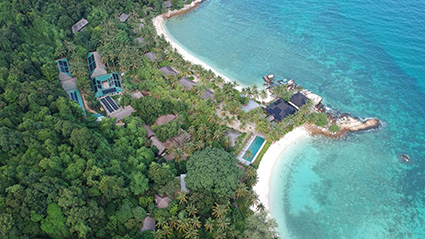
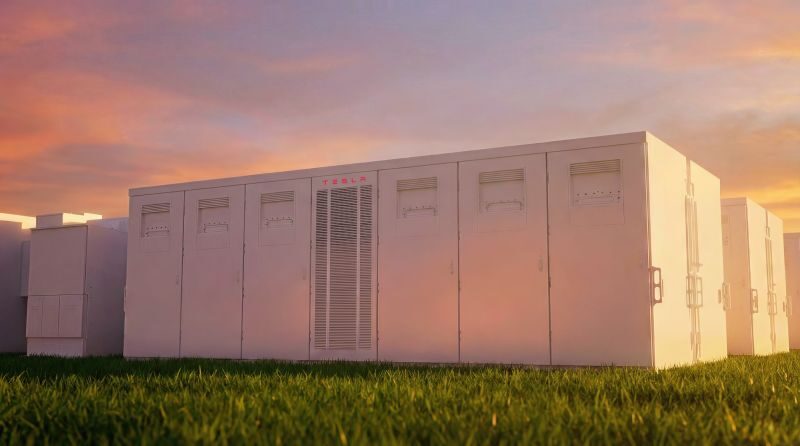


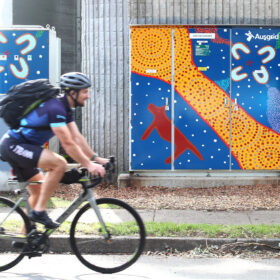
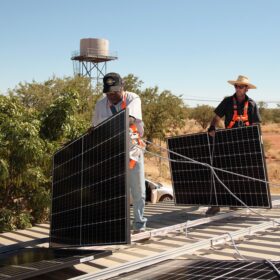
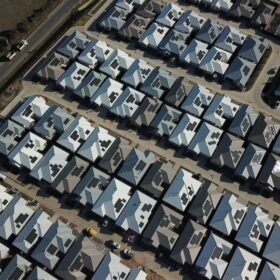
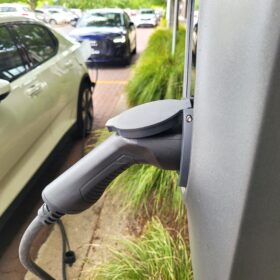
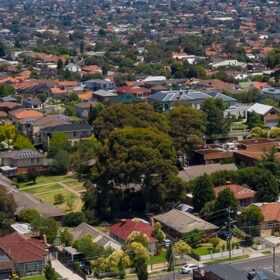
Has PV magazine looked at the stand aloan solar power system on Orpheus Is off the Lucinda coast Nth Qld.
Hi Neville, thanks for your comment. We haven’t looked into the Orpheus project but thanks for bringing our attention to it. Like Orpheus, we’ll take a look.